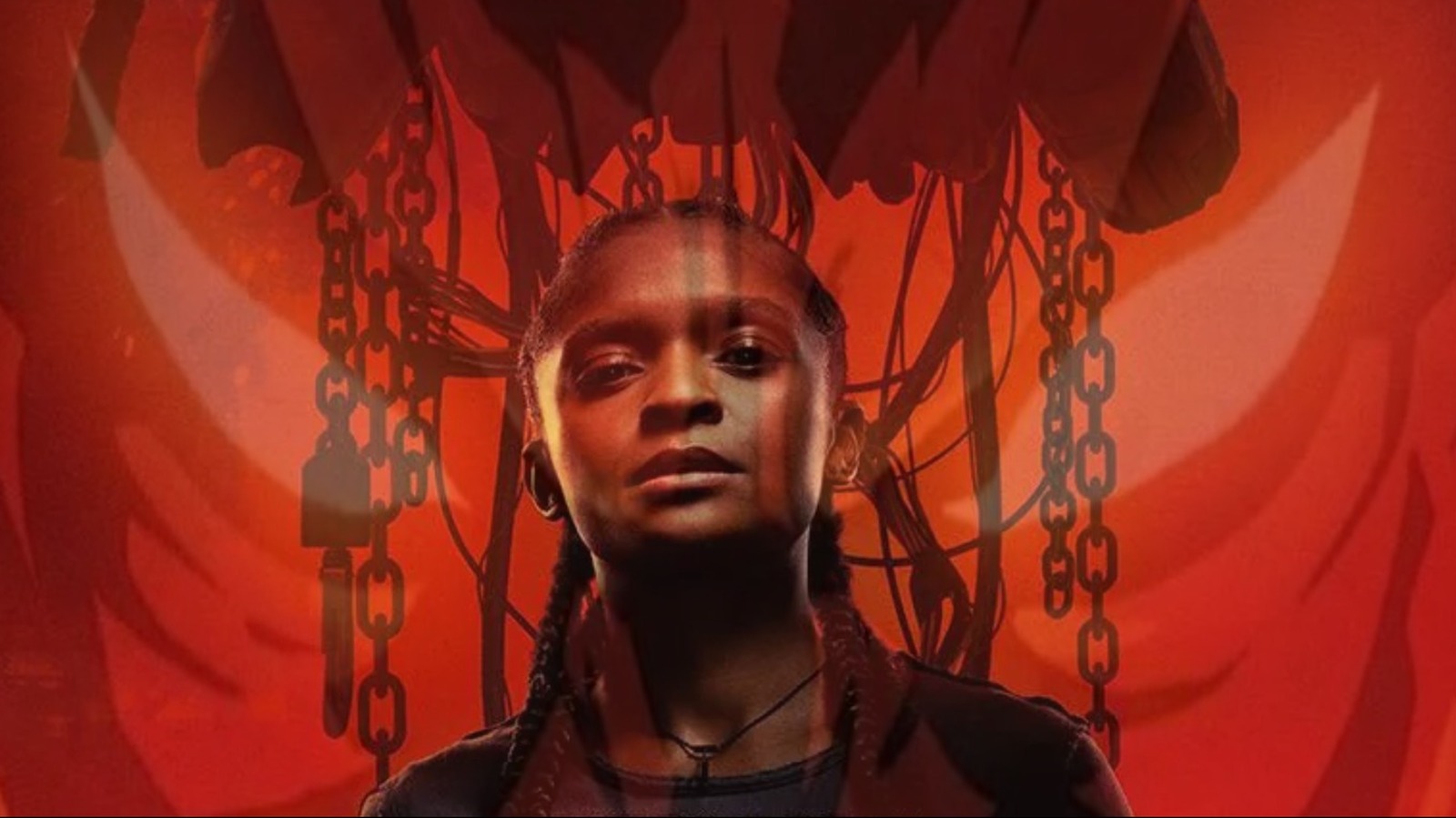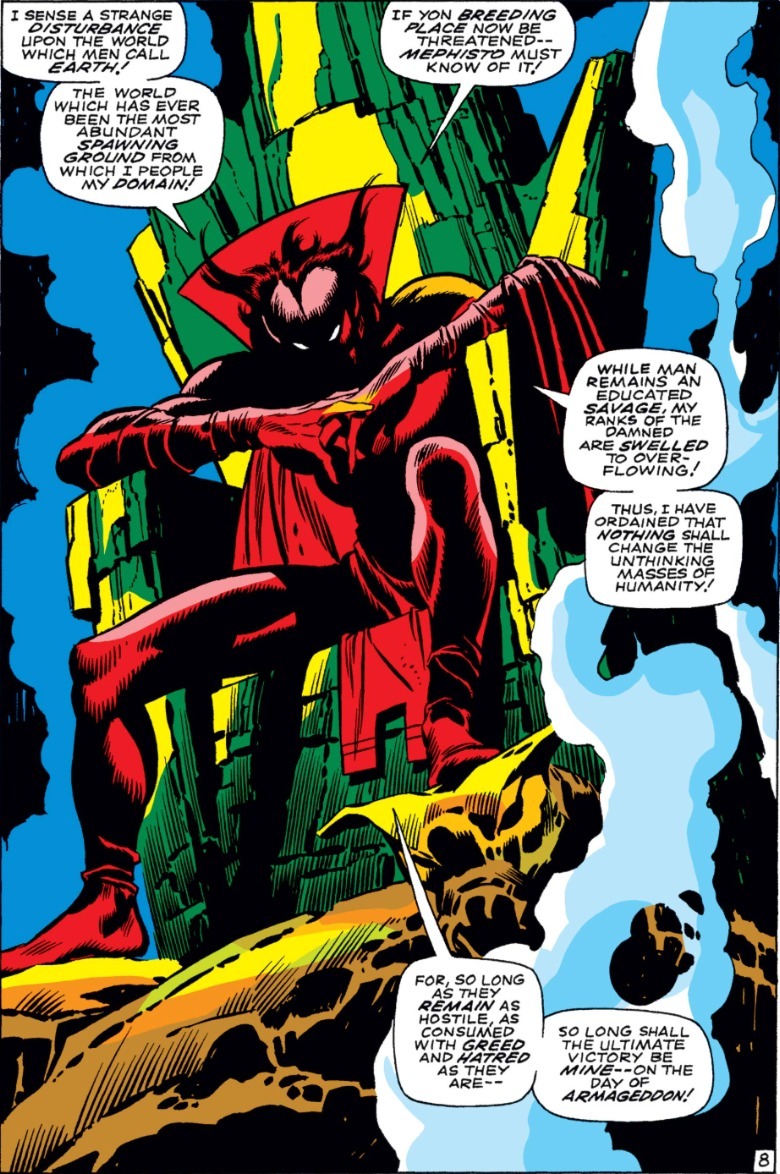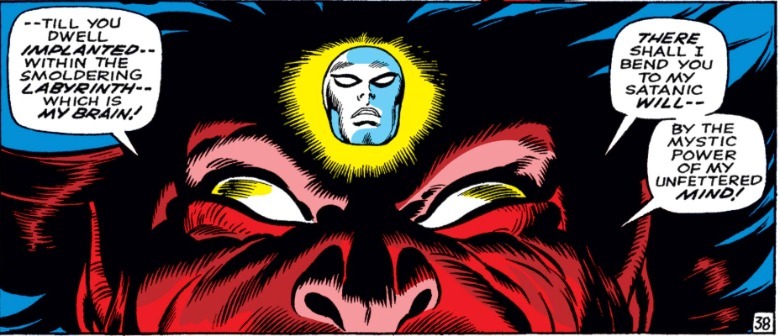Created by Stan Lee and artist John Buscema, Mephisto debuted in 1968’s “Silver Surfer” #3. Ruler of a Hell dimension, he takes an interest in the Silver Surfer; the Surfer’s noble heart is the mirror image of Mephisto’s own, so he wants to vanquish it. Lee and Buscema’s “Silver Surfer” primarily focuses on its heroes feeling disillusioned with humanity’s violent and hateful ways. Who else could be the Surfer’s main adversary than the one inducing people to give into their hearts’ darkness?
Mephisto returned a few more times in the title’s 18 issues and has since become a Marvel Comics fixture. He’s not bound to a single book’s ensemble but is more of a general evil that many superheroes have had to contend with. (Why else would he be debuting in “Ironheart,” of all places?)
Mephisto’s name comes from the legend of Faust or the original deal with the Devil story. Faust, a learned man, sells his soul to the demon Mephistopheles. Nowadays, Mephistopheles is often equated with Lucifer/Satan, even though in the Faust story he technically isn’t the same being. The same distinction can be made between Marvel’s Mephisto and the Devil.
As a young boy, I owned an edition of “The Marvel Encyclopedia,” an often-updated book going through the Marvel universe’s characters A-Z. In Mephisto’s entry, I read (paraphrased from memory): “He is not the biblical Satan and his domain is not the Hell of scripture.” “Why?” I thought. He’s so clearly the Devil, why obfuscate that?
Well, remember that Mephisto debuted in 1968. The Comics Code Authority (CCA), instituted in 1954 in response to accusations comics were feeding kids subversive and illicit themes, was still in effect. The CCA explicitly prohibited horror, monsters, and “ridicule” of any religion. Lee and Buscema calling their Devil character “Mephisto” reeks of plausible deniability; it’s a more obscure name than Satan, Lucifer, or just the Devil. At the same time, Mephisto explicitly refers to “his Satanic will” in “Silver Surfer” #3, so they weren’t hiding it that hard.
The CCA is no longer a factor these days, but why have Marvel writers kept up the song and dance that Mephisto isn’t the real Devil? Probably because it’s safer, and more universal, to not so explicitly tie the Marvel universe’s cosmology to Christian ideas. Compare Mephisto to HIM (Tom Kane) in “The Powerpuff Girls.” A kids’ show like that couldn’t say he’s the Devil for cultural sensitivity reasons, but we all know who he’s supposed to be.
In any case, Lee and Buscema lifting the name from “Faust” reflects how Mephisto is characterized. Mephisto stories focus much more on the “ruler of Hell, corrupter of souls” side of Lucifer than the “fallen angel” side.



